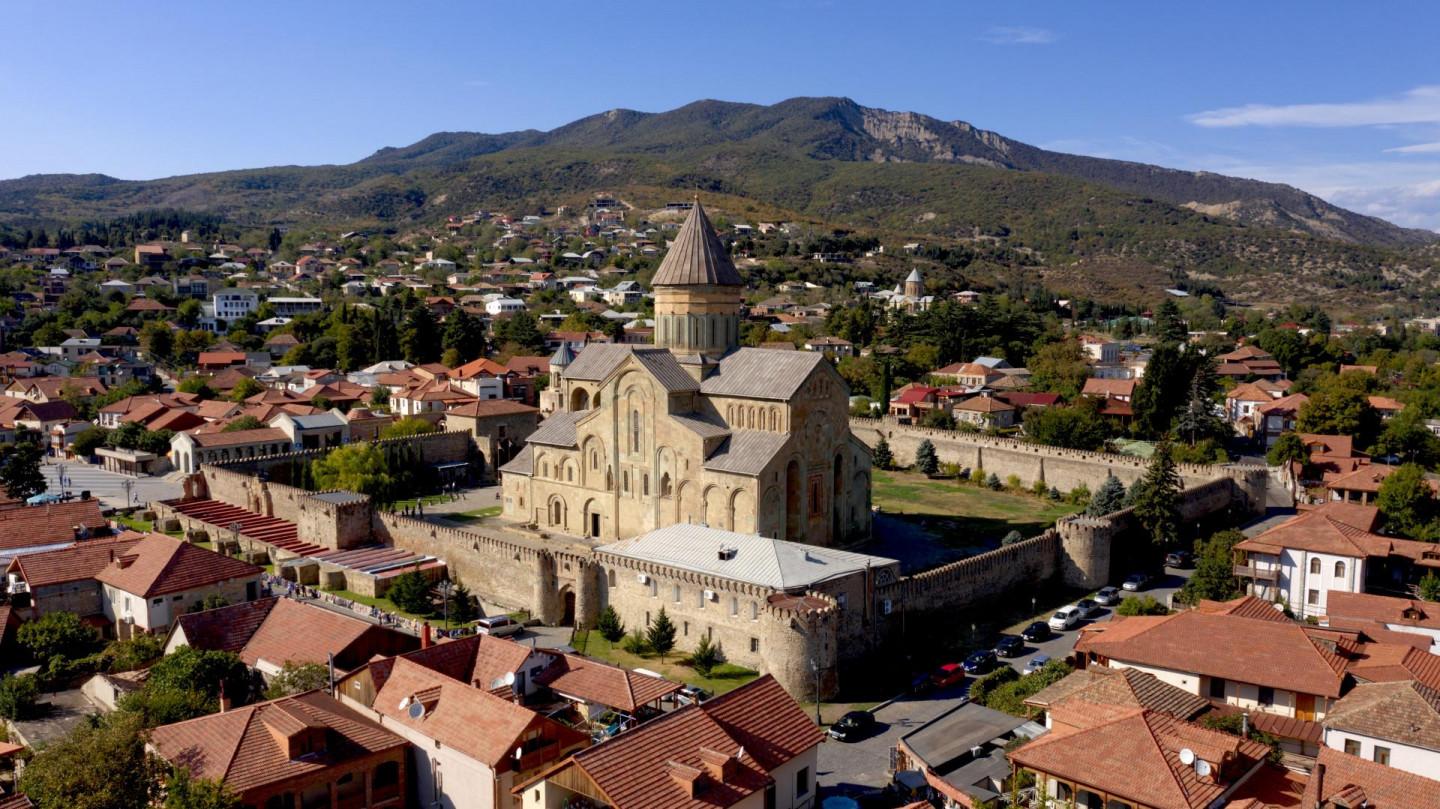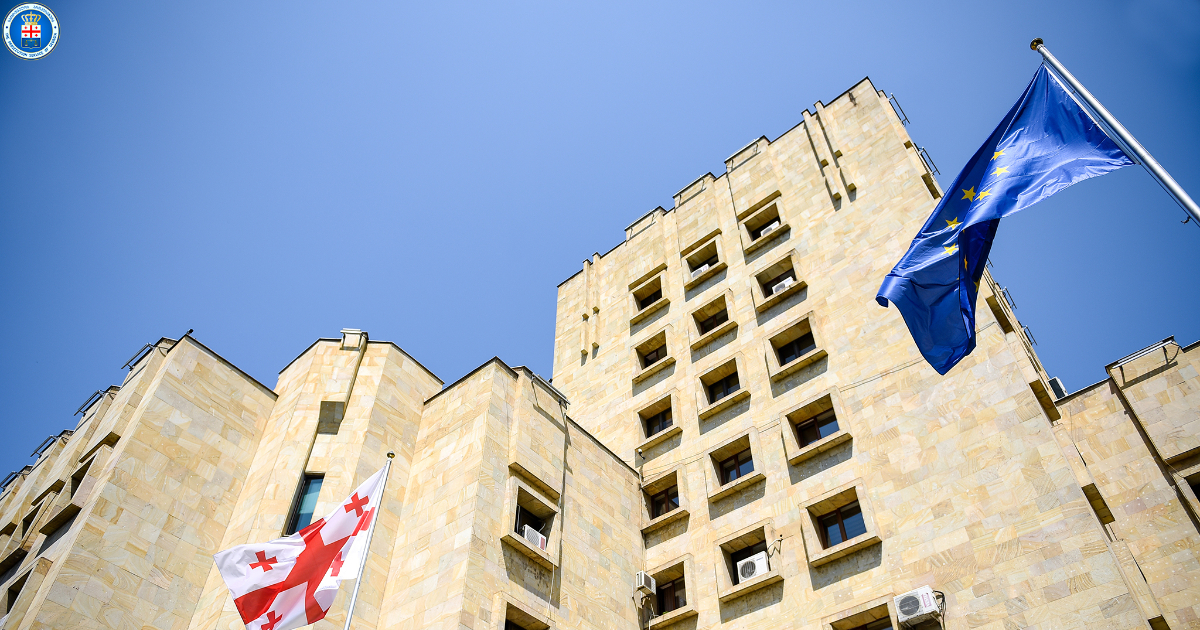Georgia marks Svetitskhovloba - feast of the Lord’s tunic

The celebration of Svetitskhovloba was restored after Georgia regained its independence. The holiday is marked twice a year
Author
Front News Georgia
On 14 October, Georgia celebrates Svetitskhovloba, also known as the Feast of the Lord’s Tunic - one of the most revered religious holidays in the Georgian Orthodox Church.
The day commemorates the coming of Christ’s robe (kvarti) to Mtskheta, Georgia’s ancient capital, and honours King Mirian, Queen Nana, and Saint Sidonia. According to Christian tradition, Christ’s tunic fell to the share of two Jewish men from Mtskheta, Elioz and Longinos, who were present at the Crucifixion. Elioz brought the sacred relic back to Mtskheta and gave it to his sister, the faithful Sidonia. Upon embracing the garment, Sidonia died instantly from divine grace, and was buried holding the tunic to her chest.
From her grave grew a majestic tree, later cut down by royal craftsmen on the order of King Mirian IV, the first Christian monarch of Georgia, for the construction of a church. From the tree’s wood, seven columns were made - one of which miraculously could not be raised until Saint Nino prayed for divine intervention. It then rose and stood at the very spot where Christ’s robe was believed to be buried. The church built there became known as the Svetitskhoveli Cathedral - literally, the “Life-Giving Pillar.”
The celebration of Svetitskhovloba was restored after Georgia regained its independence. The holiday is marked twice a year - on 14 October, commemorating Christ’s robe, and 13 July, dedicated to the holy apostles of Christ.
Tags:





